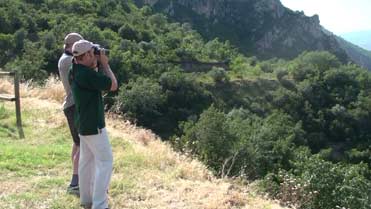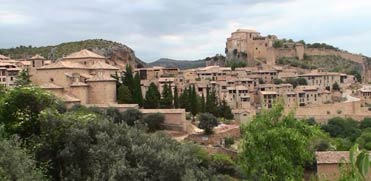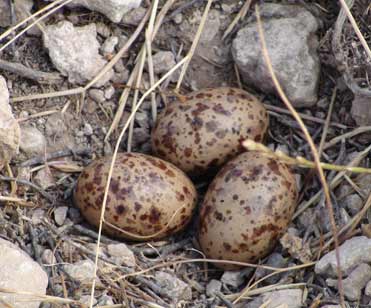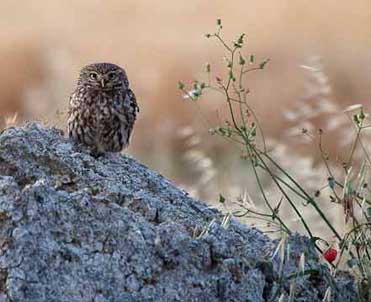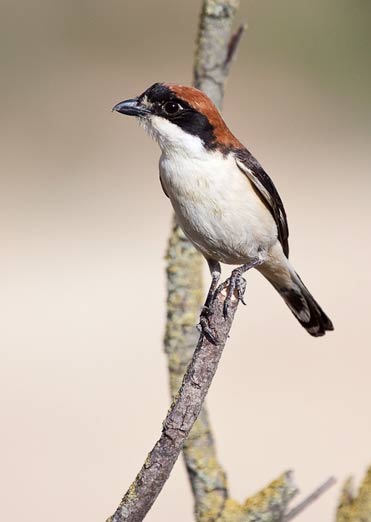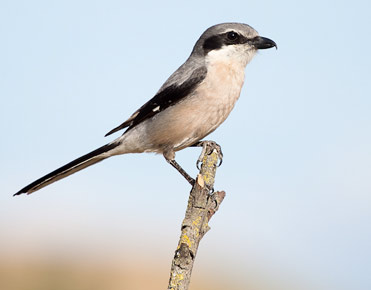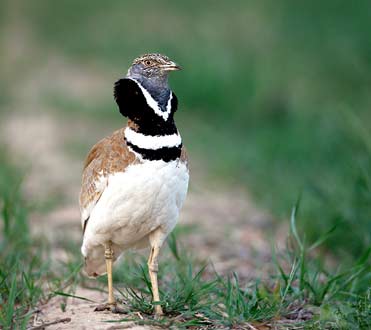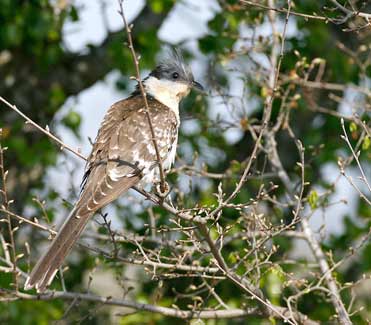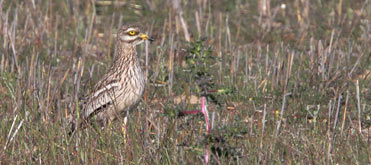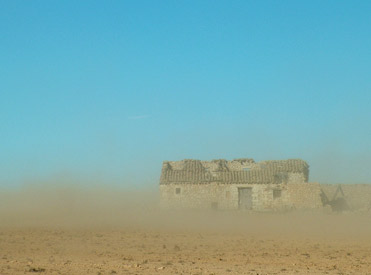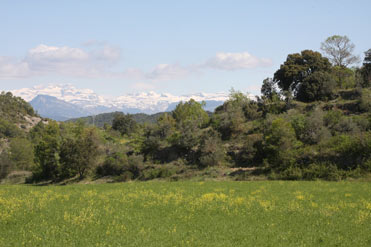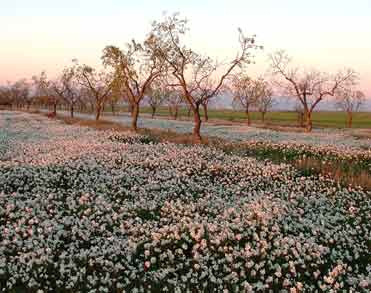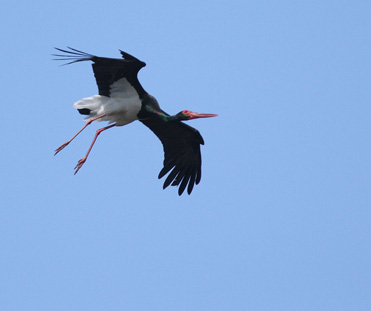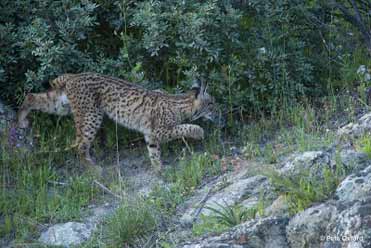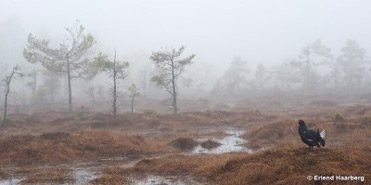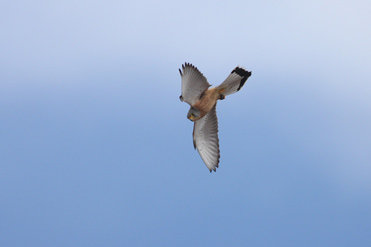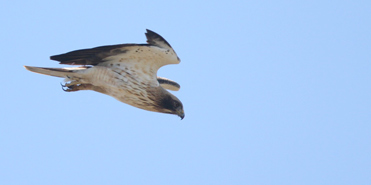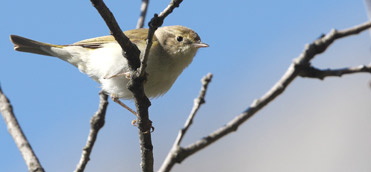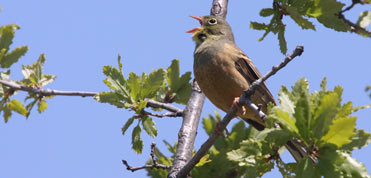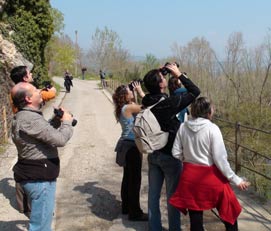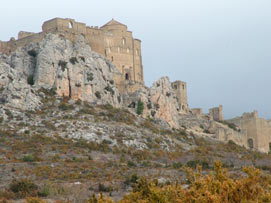Great Spotted Cuckoo Clamator glandarius
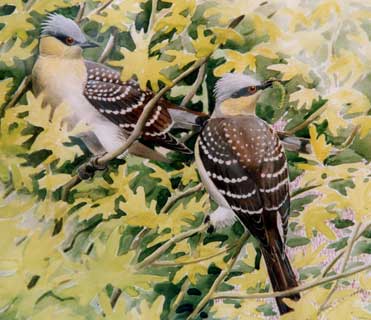
Great Spotted Cuckoos: image taken from “Where the birds are in northeast Spain“
The Great Spotted Cuckoo is a summer visitor to northeast Spain, with the first arrivals often occurring in February, although the species becomes more conspicuous in March and April. The Great Spotted Cuckoo is patchily distributed in lowland areas, with some important local declines in recent years.
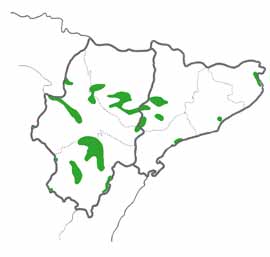
Birding itineraries where it is possible to see the Great Spotted Cuckoo: Llobregat delta, Drylands of Lleida, Aiguamolls de l’Empordà, Monegros Alcolea and Candasnos.
Interestingly, we spotted no fewer than 4 juvenile Great Spotted Cuckoos, Clamator glandarius, following a single Magpie, Pica pica, foster parent on the drylands of Lleida this June. According to the BWP concise edition it is normal for the Great Spotted Cuckoo to place one egg in a particular Magpie’s nest. Similarly, there are a number of observations of 2 juveniles with a Magpie foster parent, while the BWP states that 3 is rare. So has anyone else seen 4 juvenile Great Spotted Cuckoos with a single Magpie, or is this a unique observation?
Would these young birds have originated from the same cuckoo mother or two or more different ones? Was that particular magpie a soft touch? Would all those birds survive until independence? If these more vulnerable Magpies are not able to raise their own offspring what are the implications for the dynamics of the Magpie and Great Spotted Cuckoo relationship?

